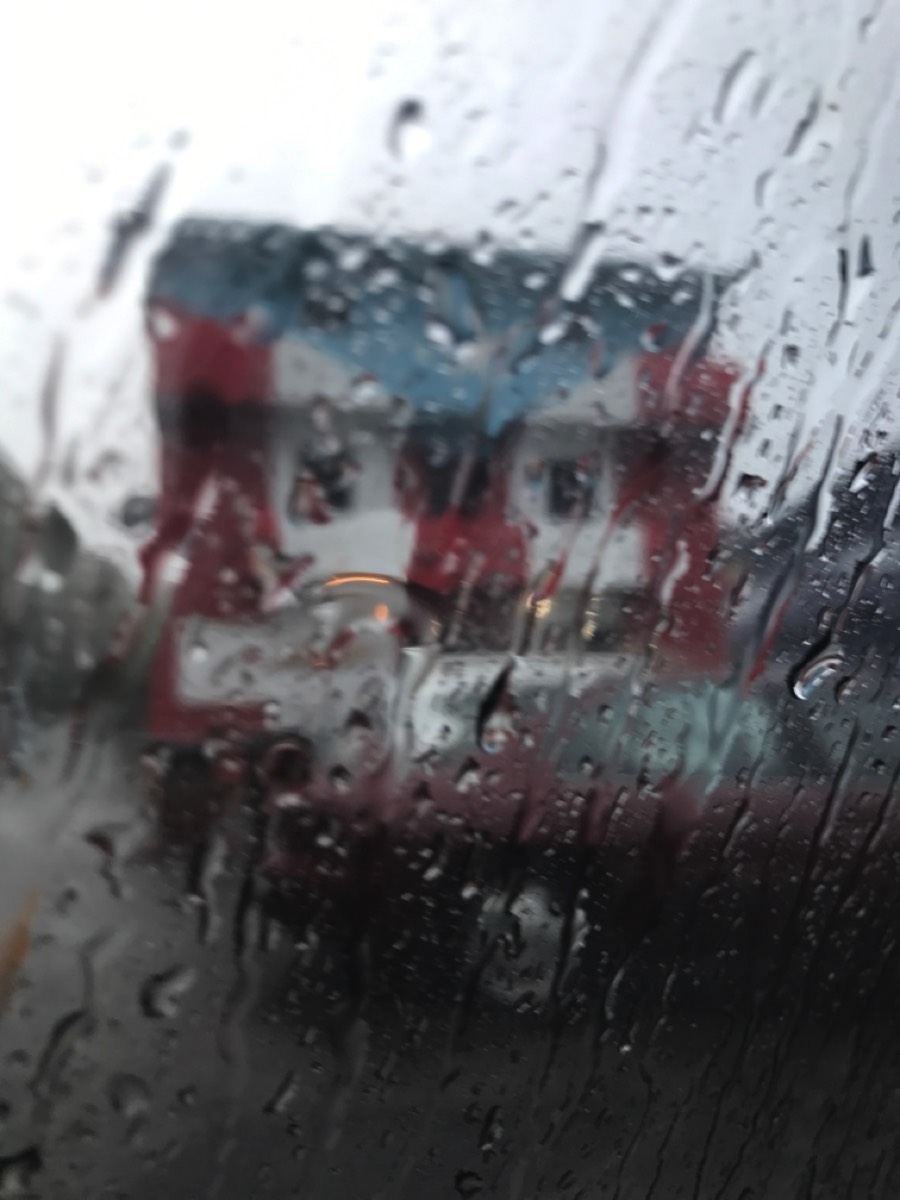The first Puerto Ricans who came to Providence did so in the 1920s. They moved to Providence and the surrounding areas to find work in the agriculture and manufacturing industries. Estimates of how many Hispanic people were living in Rhode Island before this time are complicated by the lack of information found in federal census records, which were not necessarily broken down by ethnic group.
One historian in Rhode Island has suggested that the first evidence of increasing Puerto Rican migration in Rhode Island occurred in the late 1950s. However, further research reveals that Puerto Ricans began emigrating from that island to Rhode Island in the 1920s when dozens of Puerto Rican migrant workers were brought here to work on farms located in the Elmwood neighborhood of Providence. One such individual was
Julio Casiano, who at the age of 22 came to Rhode Island in the spring of 1926. According to Casiano, he and a group of men were brought here by Jewish landowners to help out in farms every spring, and were then allowed to return to Puerto Rico in November, after the harvest was completed and just before the cold weather arrived. At the time, Casiano and the other Puerto Rican workers felt that economic opportunities were greater here than in their homeland. However, despite the opportunities offered to them, Casiano says that the majority of the men would return to Puerto Rico because they were not accustomed to the cold weather. During that same period, many Puerto Ricans also found their way to Newport, Bristol and places in South County to work in nurseries.
Most of today’s Puerto Ricans came to Rhode Island by way of New York, migrating here between 1945 and 1970. Many of them were impoverished, unemployed, or underemployed and came from rural and urban areas of the island. Most came with a minimal education. Lacking skills and training, the Puerto Ricans found work in the garment industry, restaurants or other service jobs in New York City. Work in the manufacturing industry was readily available to the Puerto Rican migrants because it required little or no English skills.
Puerto Rican workers and their families settled in some of New York’s overcrowded and crime-ridden neighborhoods, such as East Harlem and the Bronx. When they ventured beyond New York’s borders, they found the living conditions in cities like Providence to be far superior to those in New York, especially if they were raising children. One Puerto Rican business owner on Broad Street in the Southside of Providence who had lived in the Bronx in the 1970s remembers the time he visited his niece in Rhode Island. His wife had recently given birth, and when they saw how quiet and safe it was in Providence compared to their lives in New York, the couple decided to move here.
Stronger evidence shows that the peak of Puerto Rican migration to this area took place in the 1980s. Records show that many of the Puerto Ricans who migrated to Providence before the 1980s did not find many other Puerto Ricans here. Adjusting to this change was often difficult for people who had either just come from Puerto Rico, or more likely from New York, because most had previously been surrounded by large numbers of other Puerto Ricans, with whom they shared language, culture, food and music. Many took for granted the fact that their culture was the norm. Moving to Providence was a rude awakening for many Puerto Ricans who also experienced some culture shock. The González brothers (
Roberto and
José) who were both interviewed for this project, expressed a sense of culture shock after moving from New York City to tiny Rhode Island in 1968, where they found themselves to be two of only six "brown-skinned" students at Central High School.
Also, until the 1970s, it was hard to find Latino food, music and other cultural necessities in Rhode Island, and those who did not speak English had an especially hard time because very few state and social services agencies employed bilingual workers. Something as essential as getting one’s driver’s license became an impossible task for a person who spoke very little or no English.
The fact that there is no hard evidence of Puerto Ricans settlement in Providence prior to the 1950s and 60s does not necessarily mean that there was no other Hispanic presence in the state before that time. Indeed there was. But as with many other migrants, it took a decade and a half to begin showing the Latino presence in every-day life. Today Puerto Ricans are indeed making strong headway into the empowerment of Latinos in Rhode Island. Milestones for this community include the first Hispanic Housing Court Judge, first Latino elected official to the Providence City Council, a prominent physician and activist, and two founders of children’s educational advocacy groups in the Providence school system in the 1970s and 80s.
Hurricane Maria ➤
Colombians ➤


